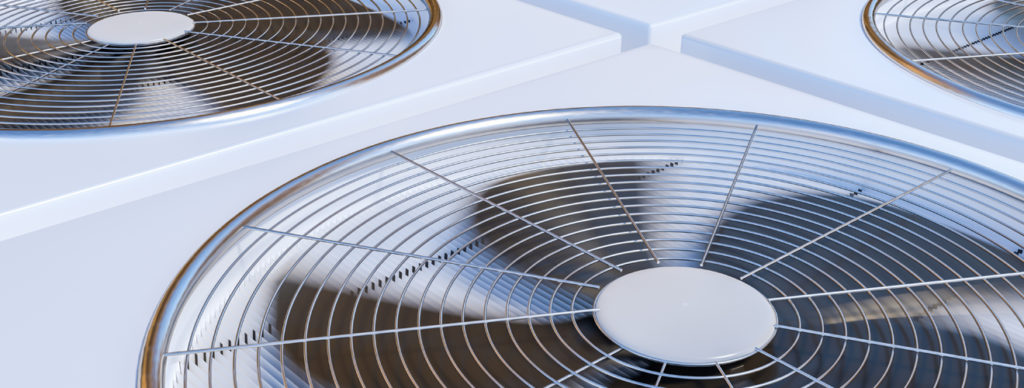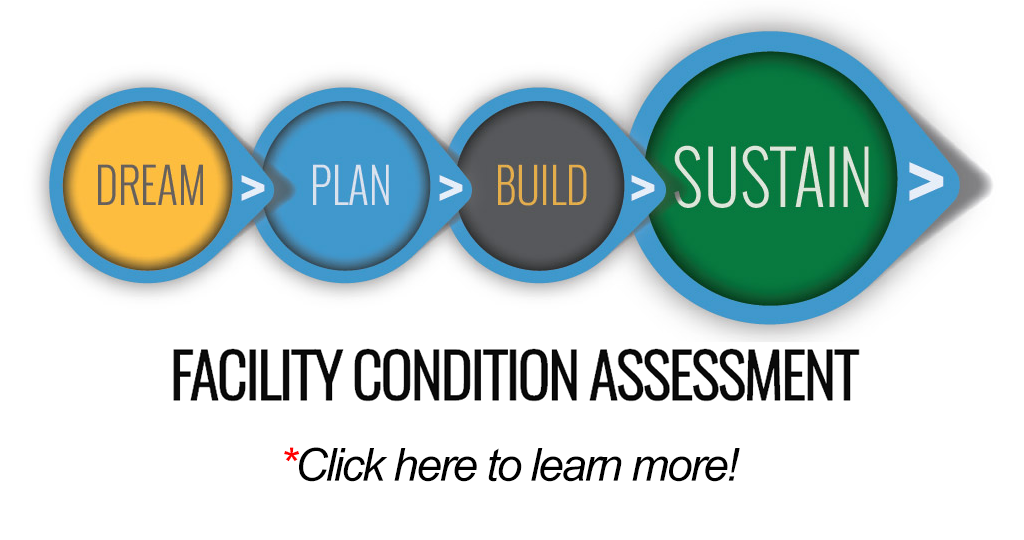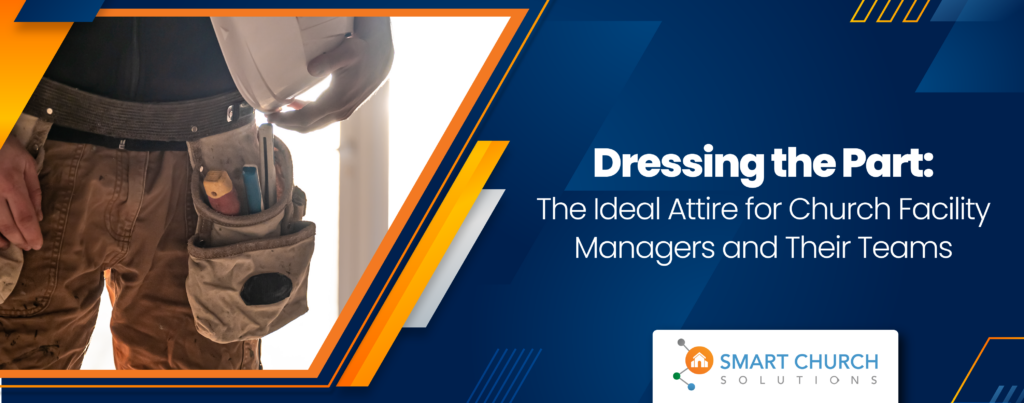In less than a second, you get over 83 Million returns. That is what happens when you type in “How do I know when I should change out my HVAC” into a search engine.
You can get some interesting results as you head past the first, second and third pages…but who does that? Results past the third page in a search engine are like the third verse in a hymn…it may be there, but no one ever looks at it.
Regarding your facility, there are some basic things you need to know about your HVAC before you can really make an informed decision regarding replacement.
What to know before replacing your HVAC
What type of systems do you have?
Expected service life will vary based on the size and type of the system you are looking at. A 5-ton unit that you are accustomed to seeing in your home is vastly different (from a mechanical perspective) than a facility that has a cooling tower and chilled water pumped throughout.
Knowing what you have is the first step in being able to determine when you need to change it. It is easiest to identify the components in a life cycle calculator, CMMS, or a spreadsheet.
The next foundational element is to understand how your HVAC systems work and how the components go together.
Having a clear understanding of how the engineers originally designed the system to function is necessary when evaluating effectiveness. The mechanical engineering field is like any other field out there. There will always be certain designs and installations that are somewhat “tried and true” that you will see under specific conditions.
There are also, however, systems that get deployed that are considered cutting edge that do not make the cut long-term. Usually they do not make the cut because they are not the easiest to maintain, which means from a commercial standpoint they are not as profitable.
For churches there is a benefit for staying with more tried and true technology. If you have “cutting-edge” systems or special features that are not maintained correctly, or your service tech does not know all the components that need maintenance, you are not able to effectively evaluate everything.
Consider what subjective data you are going to use as part of the evaluation process.
As you are aware, church members are not slow to provide their opinion on how the system performs. While it is always beneficial to hear folks out and how they feel, it does not mean that it should carry the most weight in your decision. There will always be folks who think it is too hot, too cold, too windy, too loud, etc. Perceived comfort does not always match engineering specifications. A unit can be performing as designed and still not meeting current occupant needs.
Finally, know if there have been any changes to the layouts in the spaces you are evaluating the HVAC.
Many times, churches will open a wall here, close in a space there, make offices out of this large room, etc. Unfortunately, not all changes in room layout are combined with a mechanical engineering review. Your systems were designed to operate with a specific layout. Anytime you change it you can fundamentally change the effectiveness of a unit. It may be operating perfectly, but it is trying to condition a space layout that no longer exists.
EVALUATING THE EQUIPMENT
Now that you have taken all the preceding into account, how do you evaluate the equipment itself? Obviously, if you can afford it, an evaluation from a mechanical engineer is a great approach.
However, that is not an option for many churches, nor is it always necessary. That is especially true if you have no structural changes and you have common systems in place.
As you look at all the system component data you have gathered, first evaluation point is the age of the unit.
That is not always the primary driver, but it is an important one. It should be weighted with the amount of run-time the unit has annually and if it serves a critical use area. For example, a 20-year-old unit would generally be a prime candidate for replacement. However, if it is still functioning and only serves a couple of classrooms that are scheduled infrequently, that would drop it lower in priority than a 12-year-old unit that runs 5-7 days a week and serves preschool classrooms. The ROI and functional return on operations is much lower on the 20-year-old unit.
The next evaluation point is a visual one.
How does the unit look? Is the paint and informational tags faded and illegible? Are the fins on the coils reminiscent of a braille sign? Is there a great deal of rust and oil marks in and around the unit? Does it look good or not? All of these can indicate a unit that is got some potential issues that are more than skin deep. Roof top units that are severely weathered can indicate that they are either old, or in an area that has environmental conditions that deteriorate mechanical equipment. Either condition increases the need to consider replacement, as well as making sure if you are near salt-water or industrial parks you consider coated coils and other parts specified for harsher environments.
Next, you should consider the type of refrigerant being used.
If it is R-22, make plans sooner rather than later. R-22 is no longer manufactured making the amount remaining very expensive. One suggestion is that if you have several units that utilize R-22 on your campus but cannot change them all out at onceäó_have your HVAC contractor purchase recovery tanks for you, and when they pump down each unit (as you can replace them) store the used R-22 on your campus. Use it for your other units as you limp them along until you can replace them. The cost of a recovery tank is made back the first time you must add a pound of R-22 to one of your older units.
Finally, how is your HVAC controlled?
If it has a proprietary control system that can only be utilized with a specific thermostat or control system, it can be a problem.
If your HVAC company is not an authorized rep of that brand, getting parts or trouble-shooting issues can be problematic. Internal controls in the unit are great, but it should be able to be turned on or off through a readily available communicating thermostat.
When an older unit with proprietary controls starts to fail, it may save you money in the mid and long-term to replace it sooner. A unit that requires advanced controls to operate is a unit that is very inefficient when the controls are not operating correctly.
The preceding is intended to help get you started on the evaluation of your facility equipment. It always starts with data collection; what is it, how old is it, where does it serve, how often? Once you know that, you can start evaluating the rest of the physical conditions.
Trust your instincts, if it does not look right, it probably isn't. There is a great deal of information on why changing a unit out is beneficial, this hopefully helps you begin to prioritize your investments.









